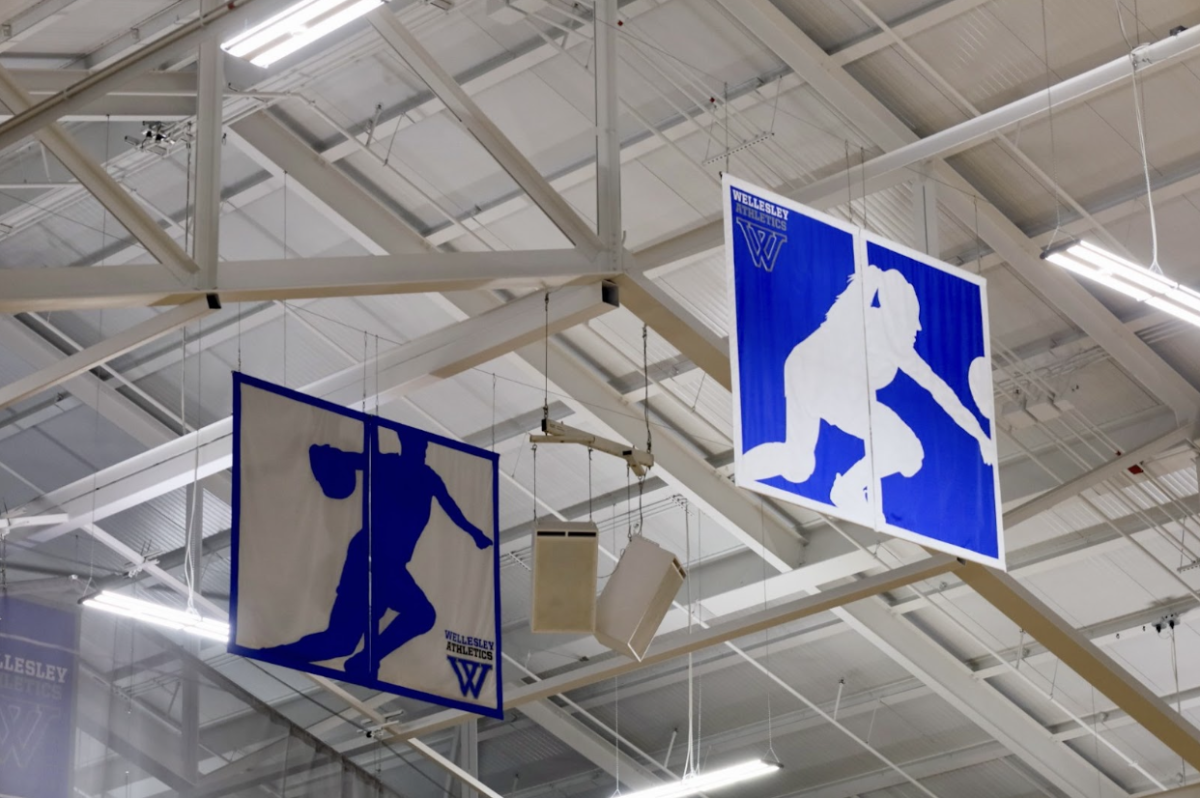Beginning in the 2017 Spring semester, Wellesley College started offering Middle Eastern Dance, a physical education dance class that meets Tuesdays and Fridays from 8:30 a.m. to 9:30 a.m. and from 9:50 a.m. to 10:50 a.m.. As described by College’s physical education department, Middle Eastern Dance is an expressive art, moving from a folk/social dance form that into a performance art. For all intents and purposes, Middle Eastern Dance is synonymous with what is commonly referred to as belly dance. It can also be referred to as Raks Shark. However, the dance form that is often performed and taught in this class also evokes dance moves from Indian classical dance, Ballet and Jazz.
The class is taught by professional belly dancer Amar Gamal. Gamal’s history with belly dance includes time as the lead dancer for Tamalyn’s “Mid-Eastern Dance Exchange Company” and Jihan’s “The Jamal Dancers” and she was also a founder of the Bellyqueen dance company. In addition, she has won many dance competitions including getting first place in the Belly Dance Break Beats Competition and is the double crown winner of Ms. America and Ms. World of the bellydance in San Francisco, CA.
Gamal’s dance style is a type of Egyptian fusion which combines belly dance with Latin, jazz and ballet elements. In class, Gamal emphasizes the various positions of belly dance which includes approximately five leg and 10 arm positions. In this sense, she evokes ballet technique by alluding to ballet positions and then adjusting them to proper belly dance technique. In the first few classes, Gamal teaches a few basic positions of ballet including slides of the waist and hips and the shimmy of the hips. Combining this with the easily learned arm positions, students quickly pick up full combinations. Gamal makes belly dance accessible while still ensuring form and technique for her students. Another interesting aspect of the class is the emphasis on attitude and style. Gamal urges to students with confidence and flair even during rehearsals and while learning. Students are encouraged to bring hip skirts in order to aid this. The combination of the fast paced music, interesting physical movements and attitude, Middle Eastern dance will most appeal to students who are hoping to learn a new skill while also having fun and gaining body confidence.
In addition to technique and fun, there are several physical benefits to learning belly dance as well. Middle Eastern dance is described a low-impact cardio class. Low impact training is defined as exercises where at least one foot stays on the ground at all time. This is contrast to other workouts such that require jumping and can strain the joints. Belly dancing can help tone muscles, especially in major areas such as the core, thighs and back. Increased muscle strength in these areas combined with tendon flexibility can prevent osteoporosis and geriatric muscle issues. In addition, the emphasis on position and posture translates to better posture in everyday life, taking the strain away from the sedentary lifestyle of most students. Bellydance can burn up to 300 calories per hour, which is low to moderate cardio. For those looking to bellydance as pure cardio exercise for weight loss would benefit from a cross-training program where dancing is alternated with other forms of exercise.
Students could also benefit from learning about a dance that is not as pervasive in American and western culture. Middle Eastern dance was first introduced to the United States at the Chicago World’s Fair in 1893 in an exhibit named “Streets of Cairo.” These dancers were uncorseted during their performance, much to the shock of the crowd at the time. There were many attempts to close the exhibit and Egyptian Theater down due to indecency, which actually led to its notoriety and increased popularity. Belly dancing became popular in Hollywood, although through a warped lens of orientalism. Films would depict belly dancers as background dancers, harem women and slaves to be saved or deceitful spies. At the same time, the dance form was flourishing in Egypt and other parts of the Middle East as an art form in its own right. Today, belly dance is as multifaceted as the cultures and history that brought it into existence. Its vibrant movements, music and history contribute to its allure, popularity and appeal.




